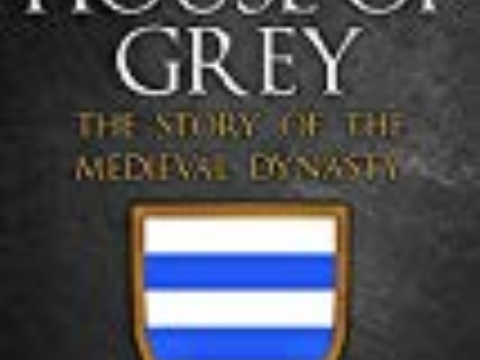Dowries & Marriage Settlements
Chapter 3 : Jointure
The jointure was, originally, the land and/or income that was settled on the couple, usually by his father. For an elder son, this would be for the father’s life-time, as on the father’s death, the eldest son would inherit the whole estate, subject to life-interests (q.v.). For a younger son, the land would remain to him and his wife. It might be entailed on their children, or return to the main estate after the son’s death. Often, a jointure was held ‘in survivorship’, that is, whilst the land was settled on the pair jointly, it would be held by the survivor after being widowed. Thus the term ‘jointure’ was often used interchangeably with ‘dower’ (q.v.).
It was generally held that that part of the jointure held in survivorship should be proportionate to the dowry, and around 10% was commonly thought of as a benchmark. This could differ significantly if the woman brought land as well as money to the marriage. It would also reflect the social status of the bride. If a lower status man was capturing the daughter of an important man, it was expected that her jointure would be proportionately much higher to reflect the non-tangible benefits of the match.
An example given by Barbara Harris in ‘Aristocratic Women 1450-1550: Marriage and Family, Property and Careers’, is that of the two daughters of Thomas Wriothesley, Earl of Southampton and a Privy Councillor. Anne, marrying a man with no title, had a dowry of 450 marks, and was assigned a jointure of nearly 300 marks per annum. Elizabeth, marrying an Earl’s son, took 1,600 marks as dowry but had a much smaller jointure proportionately – 500 marks per annum.
Failure to pay the dowry would result in the wife not receiving her jointure. This was at the root of Katharine of Aragon’s problems during her widowhood. It had been agreed that half the dowry would be paid at her marriage with Arthur, and the other half a year later. In return, she was to be secured a jointure of one-third of the revenues of Wales and Cornwall. When Arthur died within a few months, the fathers, Henry VII and Ferdinand of Aragon, fell to wrangling.
Ferdinand had not paid all of the dowry, so Henry felt justified in not settling the jointure on Katharine – he was horrified at the thought of such a large revenue being in the hands of his widowed daughter-in-law who might live for fifty years, and would be entitled to it even if she remarried. Katharine had no income of her own for the whole period of her widowhood, and was reduced to pawning the jewels and plate that was supposed to form part of the dowry.
Ferdinand eventually paid up in 1509, after Katharine married the new king, Henry VIII.
A woman who married without her father’s consent would be unlikely to receive any dowry. This was a strong disincentive to love matches.

